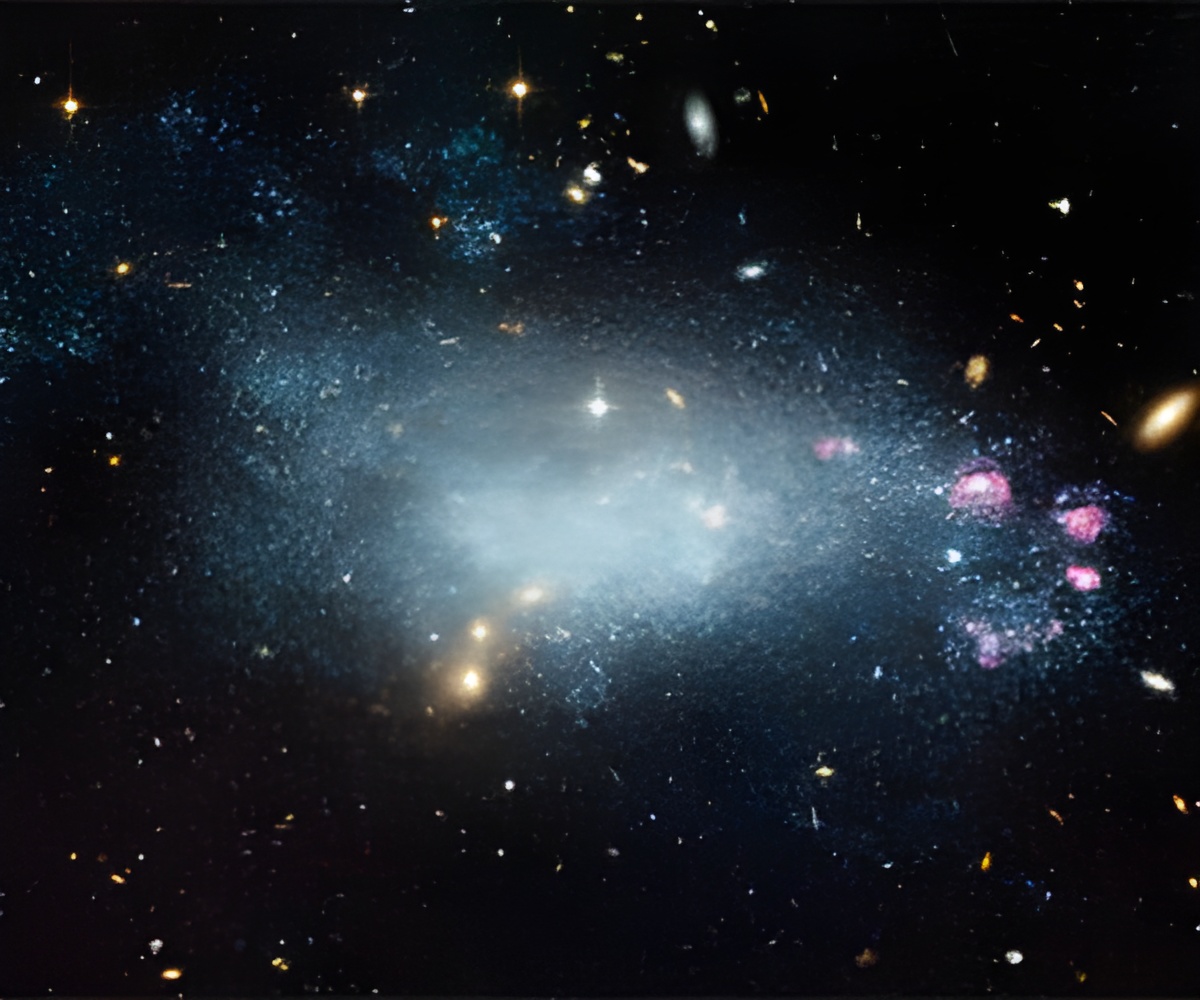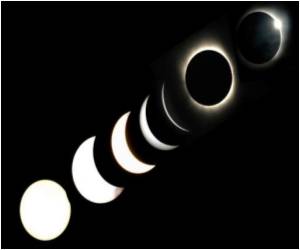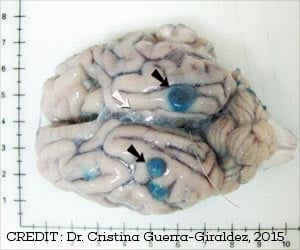The icy body shown in the results of Europe's ongoing Rosetta comet mission is believed to be a remnant from the formation of the solar system. It seems to be far more complex than expected.

The initial results are presented from seven of Rosetta's 11 science instruments based on measurements made during the approach to and soon after arriving at Comet 67P/Churyumov-Gerasimenko in August 2014.
The familiar shape of the dual-lobed comet has now had many of its vital statistics measured: the small lobe measures 2.6 x 2.3 x 1.8 km and the large lobe 4.1 x 3.3 x 1.8 km. The total volume of the comet was 21.4 km3 and the Radio Science Instrument has measured its mass to be 10 billion tonnes, yielding a density of 470 kg/m3.
By assuming an overall composition dominated by water ice and dust with a density of 1500-2000 kg/m3, the Rosetta scientists show that the comet has a very high porosity of 70-80 percent, with the interior structure likely comprising weakly bonded ice-dust clumps with small void spaces between them.
The OSIRIS scientific camera, has imaged some 70 percent of the surface to date: the remaining unseen area lies in the southern hemisphere that has not yet been fully illuminated since Rosetta's arrival.
The scientists have so far identified 19 regions separated by distinct boundaries and, following the ancient Egyptian theme of the Rosetta mission, these regions are named for Egyptian deities, and are grouped according to the type of terrain dominant within.
Advertisement
The study is published in the journal Science.
Advertisement









